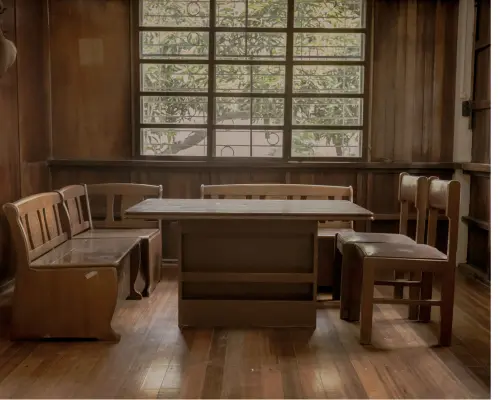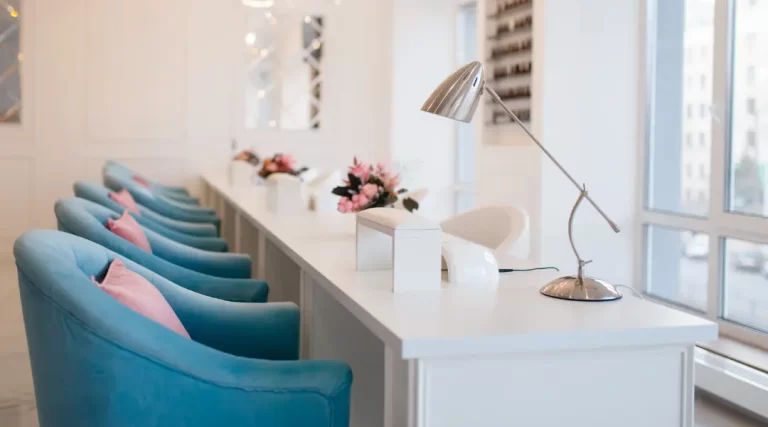Filipino home design is a rich tapestry woven from a blend of cultural influences, historical backgrounds, and modern innovations. Rooted in tradition yet embracing contemporary trends, Filipino homes reflect the diverse heritage and unique lifestyle of the Filipino people. Let’s delve into the essence of Filipino home design and discover its distinct characteristics.
Traditional Influences:
Filipino architecture draws inspiration from centuries-old traditions, incorporating elements such as bamboo, wood, and thatch into its design. Bahay Kubo, or the traditional Filipino house, embodies simplicity and sustainability, featuring elevated structures with open spaces for ventilation and natural lighting. The use of indigenous materials reflects a deep connection to nature and a commitment to eco-friendly living.
Cultural Diversity:
The Philippines’ multicultural heritage is reflected in its home designs, with each region showcasing its own distinct style. From the stately ancestral houses of Vigan with their Spanish colonial influences to the intricately adorned bahay na bato of Batangas, Filipino architecture celebrates diversity while preserving cultural identity. Indigenous tribes also contribute to the tapestry of Filipino home design, with structures such as the Ifugao’s native huts exemplifying craftsmanship and ingenuity.
Modern Adaptations:
While traditional elements remain integral to Filipino home design, modern adaptations have brought innovation and functionality to residential spaces. Contemporary Filipino homes often feature sleek lines, minimalist interiors, and sustainable building practices. Incorporating modern amenities and technology, these homes strike a balance between tradition and progress, catering to the evolving needs of Filipino families.
Community-centric Living:
Filipino home design extends beyond the physical structure to embrace the concept of bayanihan, or communal unity. Traditional Filipino villages foster a sense of community, with homes arranged around shared spaces and interconnected by strong social ties. This communal spirit is evident in the design of modern subdivisions and gated communities, where amenities such as parks, playgrounds, and communal areas encourage interaction and camaraderie among residents.
Conclusion:
Filipino home design is a reflection of the Philippines’ rich cultural heritage, blending tradition with innovation to create unique and vibrant living spaces. From the timeless beauty of traditional bahay kubos to the modern elegance of contemporary residences, Filipino homes embody the spirit of resilience, creativity, and community that defines the Filipino people. Whether rooted in centuries-old traditions or embracing cutting-edge trends, Filipino home design continues to evolve, shaping the landscape of residential architecture in the Philippines and beyond.




